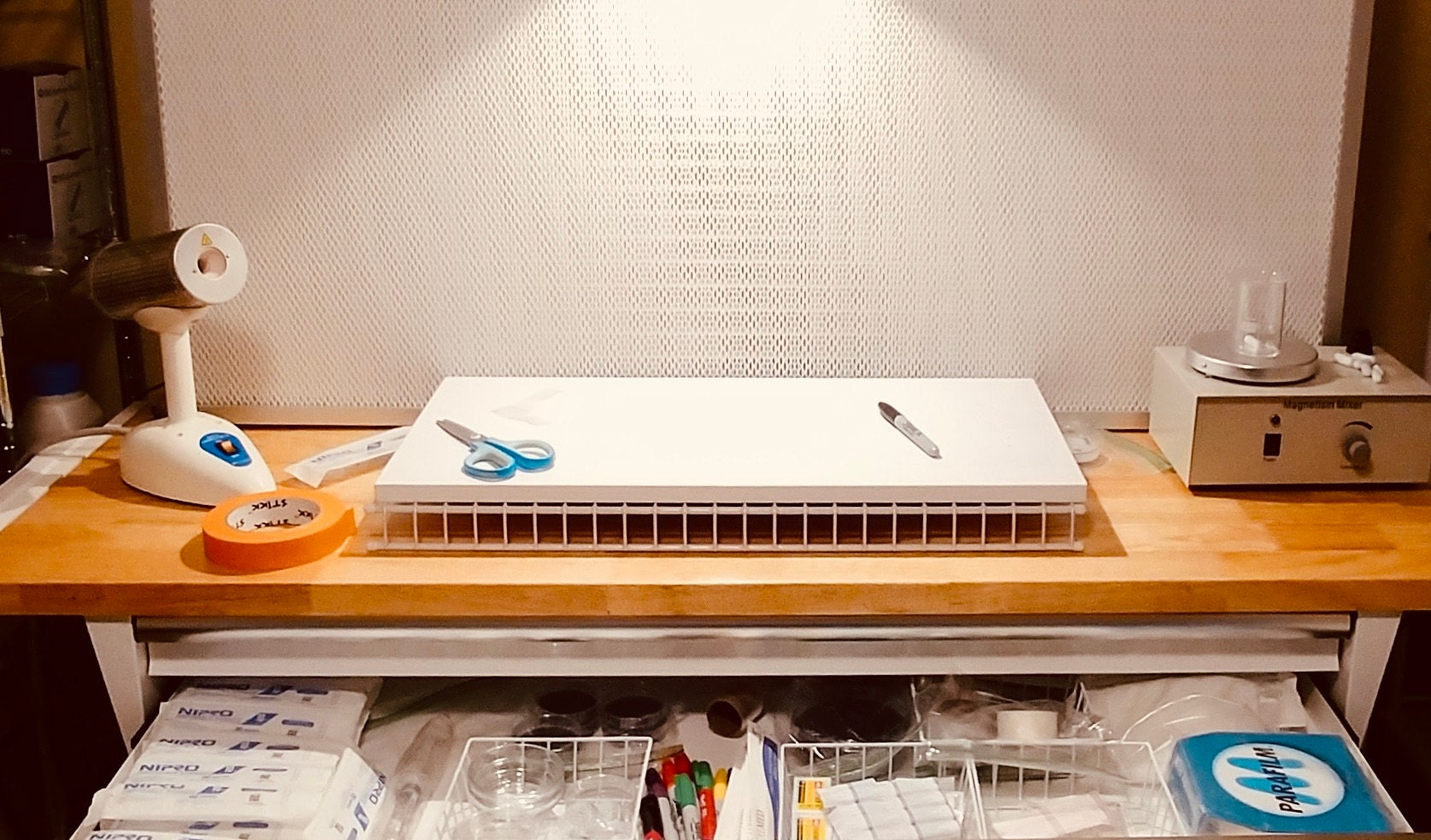There's nothing more frustrating than discovering contamination in your spawn or cultures. We've all been there. When this happens, it's easy to question your equipment. You may ask if you have the right set up or if it's time for an upgrade.
But one factor you may be overlooking is technique.
If you're working with a laminar flow hood, you are working in sterile air flow. A flow hood is definitely an advantage in the lab in that it reduces the risk of contamination by trapping particles in a filter. Having a flow hood is only a part of the equation.
It's easy to think you can let the flow hood do all the work, to rely on its ability to capture contaminants and to keep your work area sterile. But the flow hood can't do everything. It's there to be your partner. To be successful, you need to make sure you're continuing to use good technique in working with cultures and spawn.
Here are five things to consider about your technique:
- Limit contaminants that come into the lab. While this may seem like common sense, it's a good reminder. Most mychologists recommend showering and putting on clean clothes before entering the lab. Some use sleeve protectors and hair coverings. At a minimum, clean clothes and gloves are essential.
- Use appropriate cleaning agents. In addition to making sure you're not brining contaminants into the lab, make sure to keep the space clean. Alcohol is a common agent to clean work surfaces, equipment and your gloved hands. Chlorhexidine is a good bleach alternative to use on larger surfaces like work surfaces, floors and walls.
- Keep the space clean. Make sure you clean the space each time you work with a new culture or complete a transfer. In addition to routine cleaning, do a deep clean at least twice a year, more if you experience contamination or are working with multiple strains.
- Keep your mouth shut. This is an easy one to forget while working in front of a flow hood. Laminar flow hoods direct clean air toward you so you want to limit any action that will send potentially contaminated air into your work space. Avoid talking and singing while you're working with open plates or jars in front of the flow hood.
- Elevate your work. Most flow hoods produce consistent air flow, but to ensure you're working in air that is optimally clean, work at a level slightly above the bottom of a standard flow hood. Doing so will place your work at a level where air flow is passing consistently through the filter. Working on a surface that's just a few inches from the bottom of the flow hood base is sufficient.
Applying these techniques with good equipment will reduce your chances of contamination and allow you to focus on producing abundant mushrooms.

